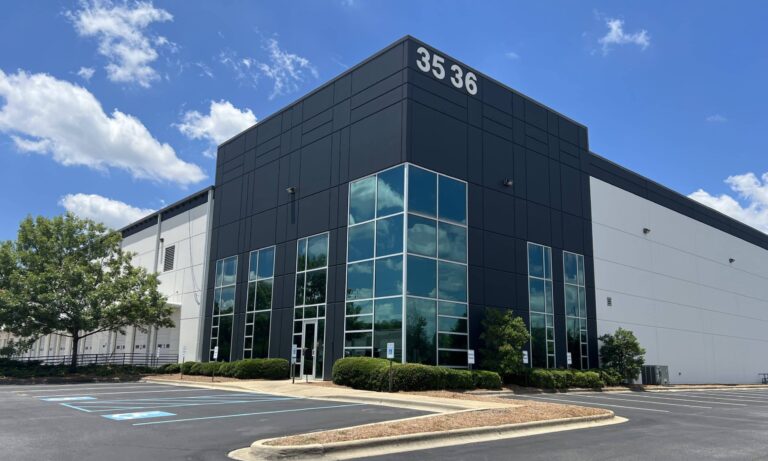Sponsor Risk
Sponsor risk is an investment risk most investors consider but few explore fully. Broadly speaking, sponsor risk can be described as the risk that an investor will not receive an optimal outcome because of actions by the sponsor or investment manager. Investor consideration of this risk typically focuses on reviewing the sponsor’s track record, understanding their fee structure, and assessing the sponsor’s strategy. Each of these is a key sponsor-related risk that every investor should consider carefully.
For these most common considerations, however, the typical analysis is lacking. Investors consider a firm’s track record but not the details behind it. For example, a firm may have a pristine track record of excellent results, but few explore whether the team that built that track record is the same one that will be making the decisions for their investment. In terms of fees, investors often consider whether fees align with the market or how much is variable vs. fixed, but rarely do they consider whether that fee structure properly aligns the manager’s motivations with their own investment goals. And when it comes to evaluating sponsor strategy, investors often look to see whether they agree with the sponsor’s reasoning for choosing a strategy, but they often don’t consider whether that team has executed that strategy before or whether that team has successfully changed strategies before.
Beyond these common considerations, there are other sponsor risks that investors often completely overlook. Understanding these lesser-known risks is critical to adequately mitigating sponsor risk.
First, it’s important to understand that many real estate investment vehicles actually have two sponsors who charge fees on the opportunity. An investor typically would only hear about or discuss the fees charged by the manager in whom they are investing. But many of these managers are taking that investor capital and investing in individual projects sponsored by other managers who have their own fee structures. So, in effect, the investor is paying fees twice on their investment. Often, there are good explanations for this arrangement, such as the fund manager having sufficient clout to negotiate a better deal with the individual investment sponsor than any single investor could, and those concessions can often more than cover the cost of the fund manager’s fees. However, it’s still important to understand that there is another party being paid and making important decisions, and investors need to understand how that arrangement aligns with their investment goals.
Another often-overlooked sponsor risk is sponsor discretion. When an investment is made, the investment documents will address several things, including what the sponsor is authorized to do and what they must get investor approval to do. There is give and take with this decision, as the more restrictive the agreement is, the fewer options a manager has to adjust and address changes in market conditions. But on the flipside, agreements that are too permissive can allow managers to make decisions vastly different from what was expected when the investment was made. The sponsor discretion box is an important part of evaluating not only the planned investment but the sponsor’s track record as well. If sponsor discretion for an investment narrowly defined the property or property type that could be invested in, then the sponsor should be evaluated against other investments within that type, as the relative performance within that narrow group was what the sponsor had the ability to influence while the investor retained the discretion to select the right investment type or sector. In contrast, if the sponsor has broad discretion to choose property type and strategy, they should be evaluated against the market as a whole, as they have been tasked not only with optimal performance of the individual investment but with selecting the optimal sector as well. This assessment is critical, and failing to analyze it properly will invariably lead to assessing quality managers as less attractive and mediocre managers as standouts.
Choosing the right sponsor is critical to a successful investment experience. Understanding the risks associated with that decision can help investors make better sponsor selections. These risks can be limited by the following:
- Take a deep look at the sponsor’s track record to really understand how it was achieved.
- Consider not only the fee amounts but how fee structures incentivize manager decisions.
- Evaluate beyond the sponsor’s planned strategy and consider whether they’ve executed that strategy before and whether they have a history of choosing the proper strategy.
- Understand the sponsor behind the sponsor. If there is more than one party receiving fees on an investment, make sure you evaluate each of them thoroughly to ensure they align with your objectives.
- Consider carefully sponsor discretion when evaluating investments and manager track record.
Getting sponsor risk right can be tricky, but done well, it will go a long way toward successful investing. Next up, we’ll look at leverage risk and the obvious—and some not-so-obvious—ways it can impact your real estate investments.
Dan Andrews
CEO



